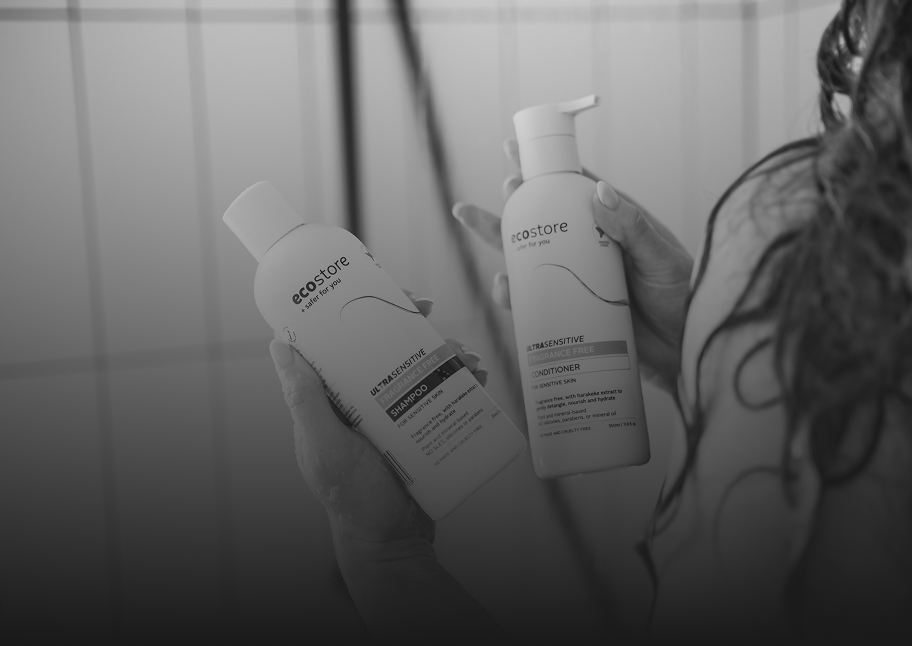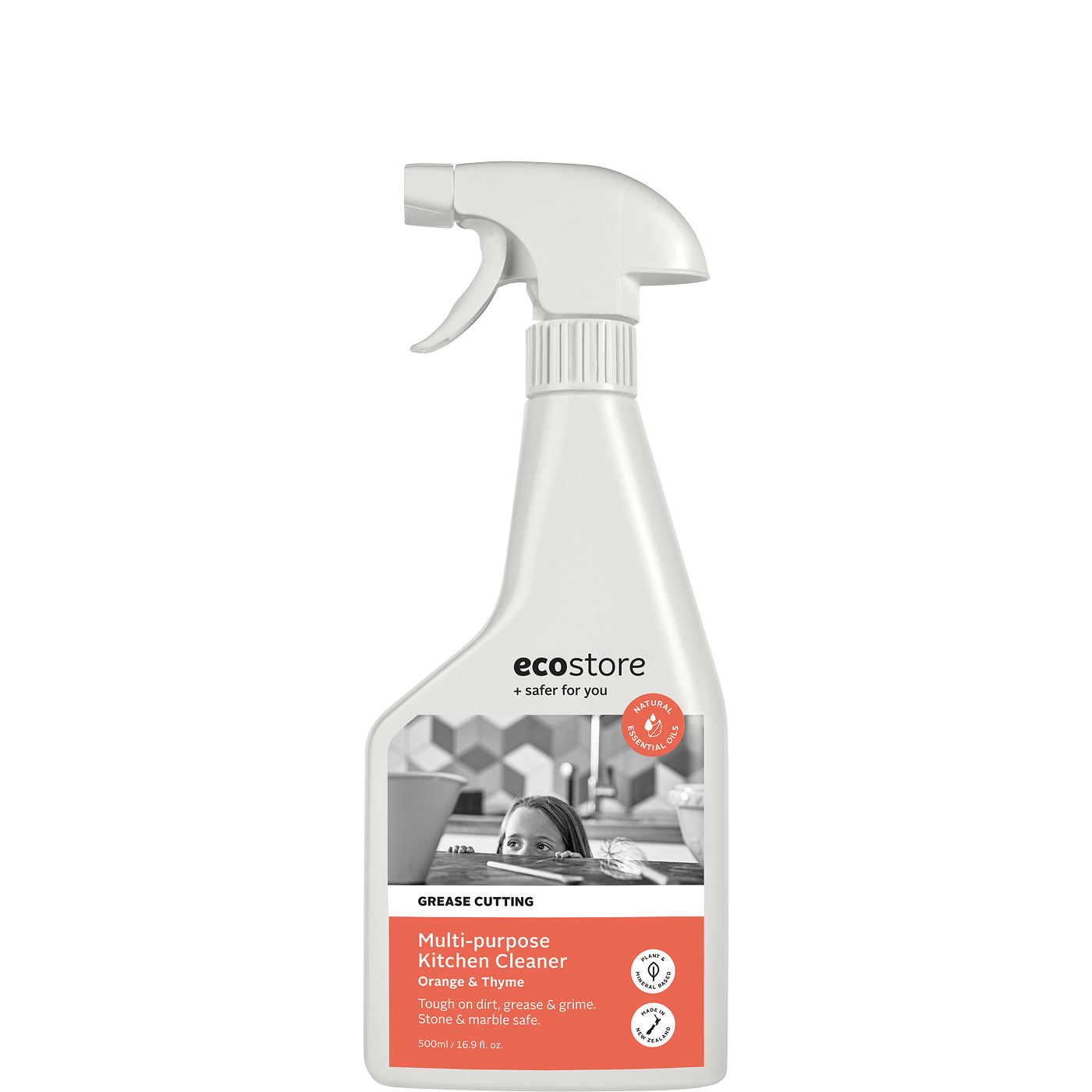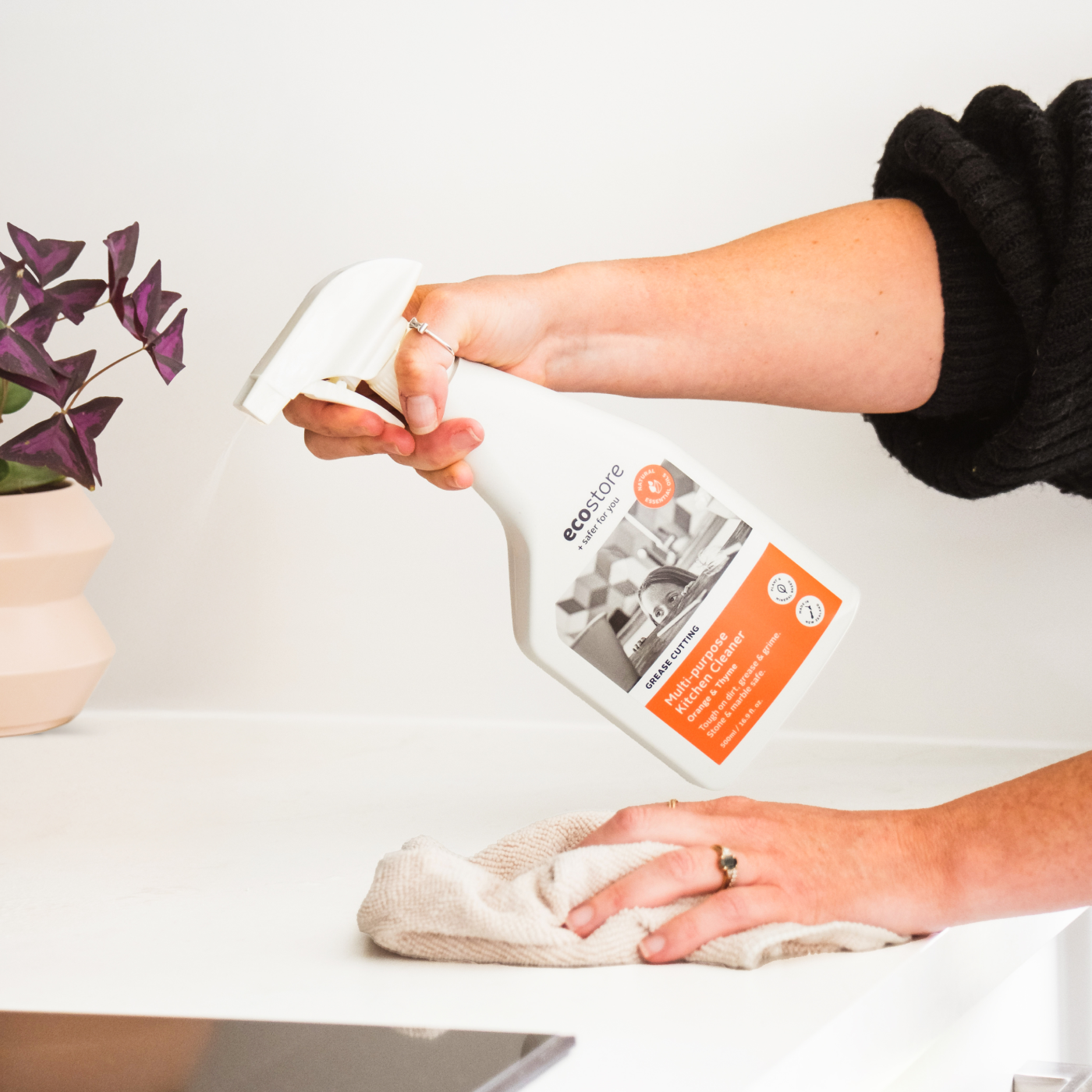Ingredient - Caprylic/Capric Triglyceride
Caprylic/capric triglyceride is an oily liquid derived from caprylic and capric fatty acids (typically sourced from coconut oil) and glycerin.
Caprylic acid and capric acid are saturated fatty acids found naturally in plant oils such as coconut and palm. These fatty acids are also found in the milk of some mammals, including goats, from which they get their name - ‘caprylic’ and ‘capric’ coming from the latin word for goats: capra. The caprylic/capric triglyceride we use is from plant (non-animal) origins.
Caprylic/capric triglyceride can be produced by reacting coconut oil with glycerin, which separates or ‘fractionates’ the glycerides. ‘Caprylic’ and ‘Capric’ are names to describe the length of the resulting fatty acid molecules: 8 carbons long for caprylic and 10 for capric. The fractionating process removes almost all the long chain triglycerides, leaving mostly medium chain triglycerides and making it a more saturated oil. This saturation gives it a long shelf life and makes it more stable. Fractionating the oil raises the comparative concentration of capric acid and caprylic acid, giving it greater antioxidant properties.
Caprylic/capric triglyceride can be used in skin care products as a gentle, non-greasy emollient. It helps restore the skin's protective barrier while replenishing moisture, leaving skin soft and smooth. Similarly, when used in hair care products caprylic/capric triglyceride creates a protective barrier on the hair surface, helping to retain moisture and prevent dryness.
Other names: Caprylic/Capric Acid Triglyceride, Glycerol Calrylate Caprinate, Glycerol Caprylate Caprinate, Octanoic/Decanoic Acid Triglyceride, Decanoic Acid, Ester with 1,2,3-propanetriol Octanoate
Delivery New Zealand Wide
Love me or your money back guarantee
Ingredient - Caprylic/Capric Triglyceride






